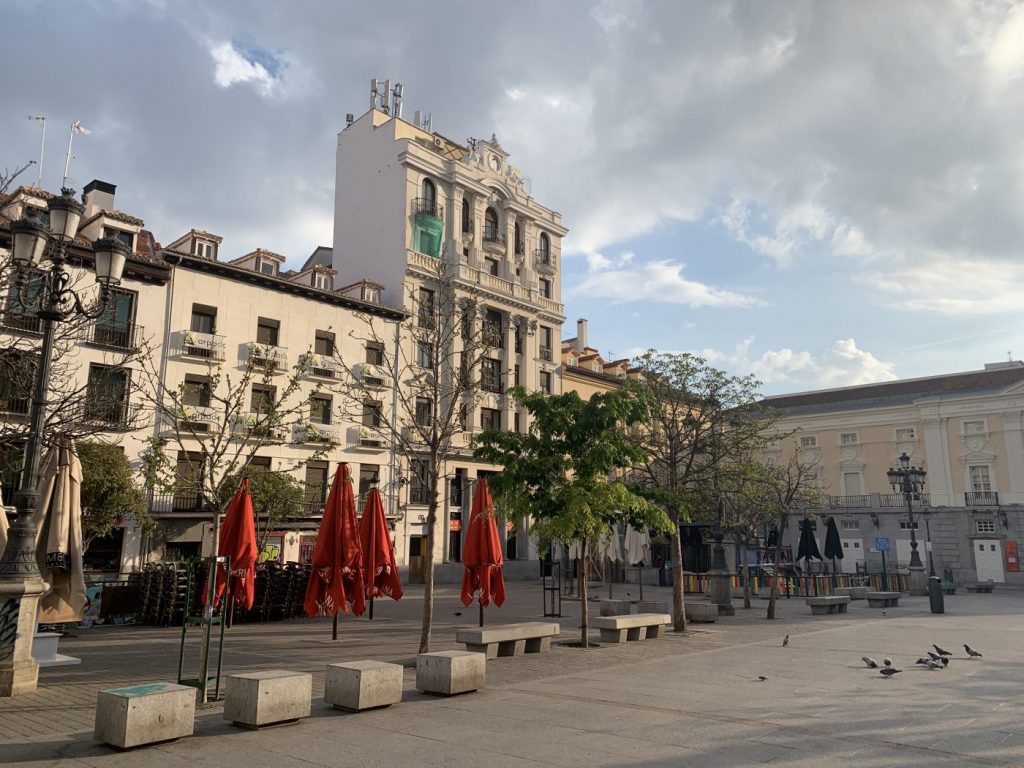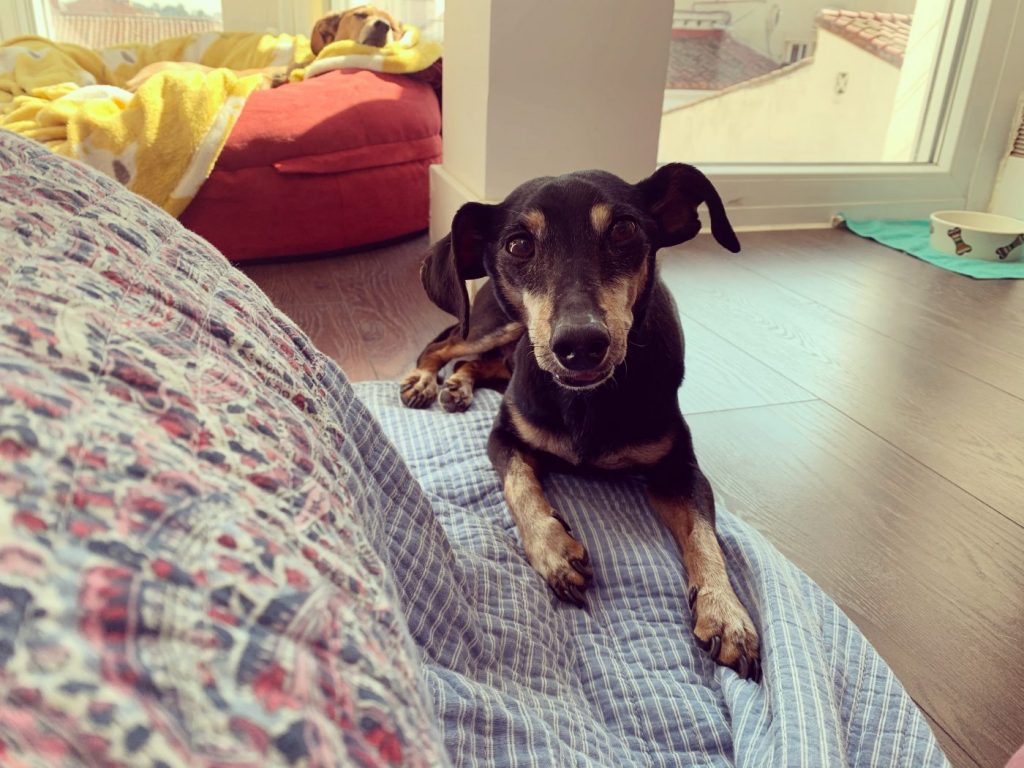If you have read my columns lately, you know I’m in Madrid. I’ve been easing myself into my temporary new home. This busy city was getting sunnier and all the strange places were becoming familiar.
A few days ago, everything changed. We are in the middle of a pandemic. Spain is under quarantine, and Madrid’s local government has placed the city on lockdown.
Everything is closed, including schools and universities. All parks and green spaces are shut. Only food stores and pharmacies remain open. We are only allowed to leave our homes to buy essentials or go to work.
A lot of people have had to put their jobs on hold or work from home. I look out my window and see all sorts of idle folk. Some are smoking cigarettes on their balconies, others are looking at their phones. Some have improvised picnics on their rooftops when the weather allows. Others have pushed speakers close to windows and are asking neighbors to yell their song requests. Whenever I walk my dogs some stranger smiles at me with a hint of resignation. I can see how a culture that loves socializing and being out most of the day will struggle with this new reality.
As a chronically ill person, I am used to staying in.
I work from home to manage the flare-ups and bad days that come with having complex endometriosis. I live with two dogs, which also requires spending time indoors. Since my health sabotages any fitness subscriptions, I am used to practicing yoga from the comfort of my own home. I even see my therapist via Skype. In a way, the city’s current lockdown is just a stricter version of “my normal.”

But even for me, isolation is, obviously, isolating. Being unable to go for a slow jog in the park is one less tool to manage my anxiety. Not heading to my favorite cafe to challenge my introvert nature and save me from my low moods is going to be tough.
Then there’s my physical health. When I have a flare-up no one can save me from it or support me through it. This happened two days ago and again today. All I could do was gather any pain-management tools and stay horizontal. If I moved, it was slowly. I put work on hold. It took a world of patience, but the flare-up eventually passed.
That’s when it hit me: Those of us who are chronically ill are good at marathon-like challenges. Our post-surgery periods and pain-filled weeks make us pros at slowing down. We surrender to the limits that are imposed on us by our doctors or our bodies.
To manage the bad times, a slow approach works best.
Slowing down allows us to notice our breathing, the ebbs and flows, what hurts and what doesn’t. Sometimes we are so attuned to our bodies that we feel a rise in our mood that changes how we move. We naturally smile when our insides are happy.

Embracing the slow allows us to notice our dog’s tail wag when we make eye contact. It helps us see birds flying so incredibly high that we can’t make out what species they are. We will realize that is something we can’t Google. With no instant solution to our wondering, we’ll appreciate the beauty of the moment.
I began writing this column while listening to Kacey Musgraves’ “Slow Burn” — and the chorus expresses my love for everything slow.
“I’m alright with a slow burn / Taking my time, let the world turn / I’m gonna do it my way, it’ll be alright.”
Those of us with a chronic illness, currently stuck at home, know that fighting what we cannot change is futile. We may struggle some days because we are human, but we’ll also find comfort in a familiar silence. We will breathe slowly, noticing every detail of our daily existences because we know that life is truly precious.
***
Note: Endometriosis News is strictly a news and information website about the disease. It does not provide medical advice, diagnosis, or treatment. This content is not intended to be a substitute for professional medical advice, diagnosis, or treatment. Always seek the advice of your physician or other qualified health provider with any questions you may have regarding a medical condition. Never disregard professional medical advice or delay in seeking it because of something you have read on this website. The opinions expressed in this column are not those of Endometriosis News or its parent company, BioNews Services, and are intended to spark discussion about issues pertaining to endometriosis.

